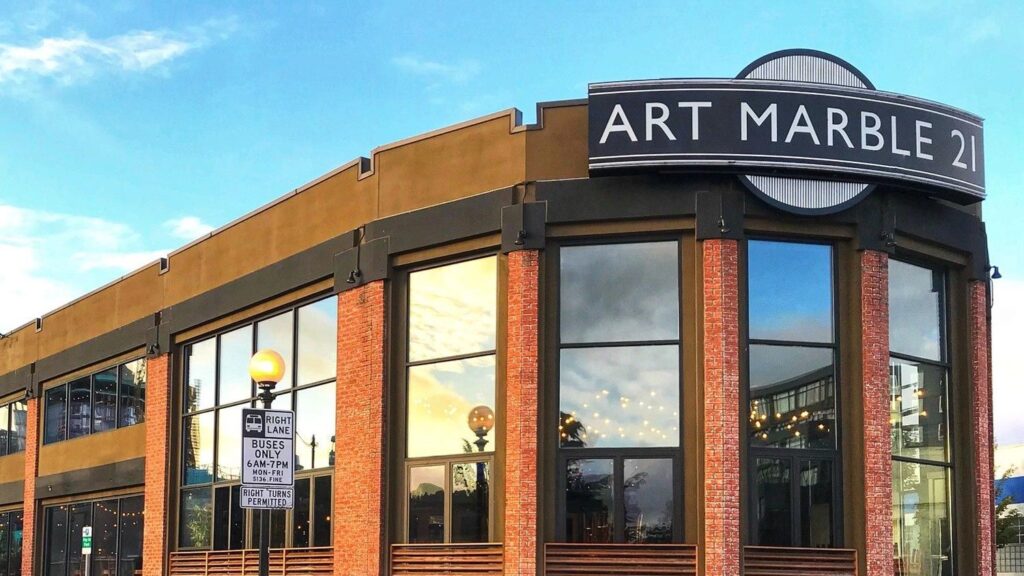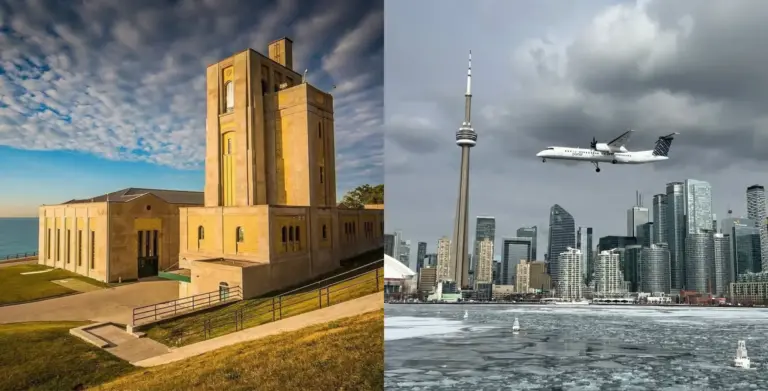
Introduction
Marble, a metamorphic rock formed from limestone under high pressure and temperature, has captivated humanity for centuries. Known for its elegance, durability, and versatility, marble has been a favored material in architectural design, sculptures, and decorative arts across various cultures. Today, with growing interest in sustainable building materials and timeless aesthetics, the relevance of marble continues to shine in modern design.
Current Trends in Marble Use
In recent months, there has been a significant revival in marble usage as designers and architects increasingly seek to integrate natural materials into their projects. Notable trends include:
- Luxury Residences: High-end homes and commercial spaces are incorporating marble floors, countertops, and wall panels to evoke a sense of opulence and sophistication.
- Art installations: Contemporary artists are exploring marble’s rich textures and colors, creating visually stunning installations that challenge traditional concepts of sculpture.
- Eco-Friendly Practices: Many marble quarries are adopting sustainable extraction methods and waste reduction strategies, appealing to environmentally conscious consumers.
Marble in Architecture
Historically, marble has been a symbol of grandeur in architecture. Iconic structures, such as the Parthenon in Athens and the Taj Mahal in India, showcase the rock’s beauty and enduring quality. Today, architects are using marble not just for its aesthetic qualities, but also for its functionality. With advances in stone treatment and cutting technologies, designers can create complex shapes and durable facades. The use of marble in modern buildings enhances natural light and promotes a feeling of connectivity with nature.
Conclusion
As consumer preferences shift towards luxury combined with sustainability, marble remains a popular choice across various fields, from residential projects to public art displays. Its timeless appeal and unique characteristics make it a valuable asset in both contemporary and classical contexts. As we look to the future, it is clear that marble will continue to be a sought-after material, embodying both artistic expression and structural integrity. This mineral not only reflects history but also offers a glimpse into a sustainable future in design.




